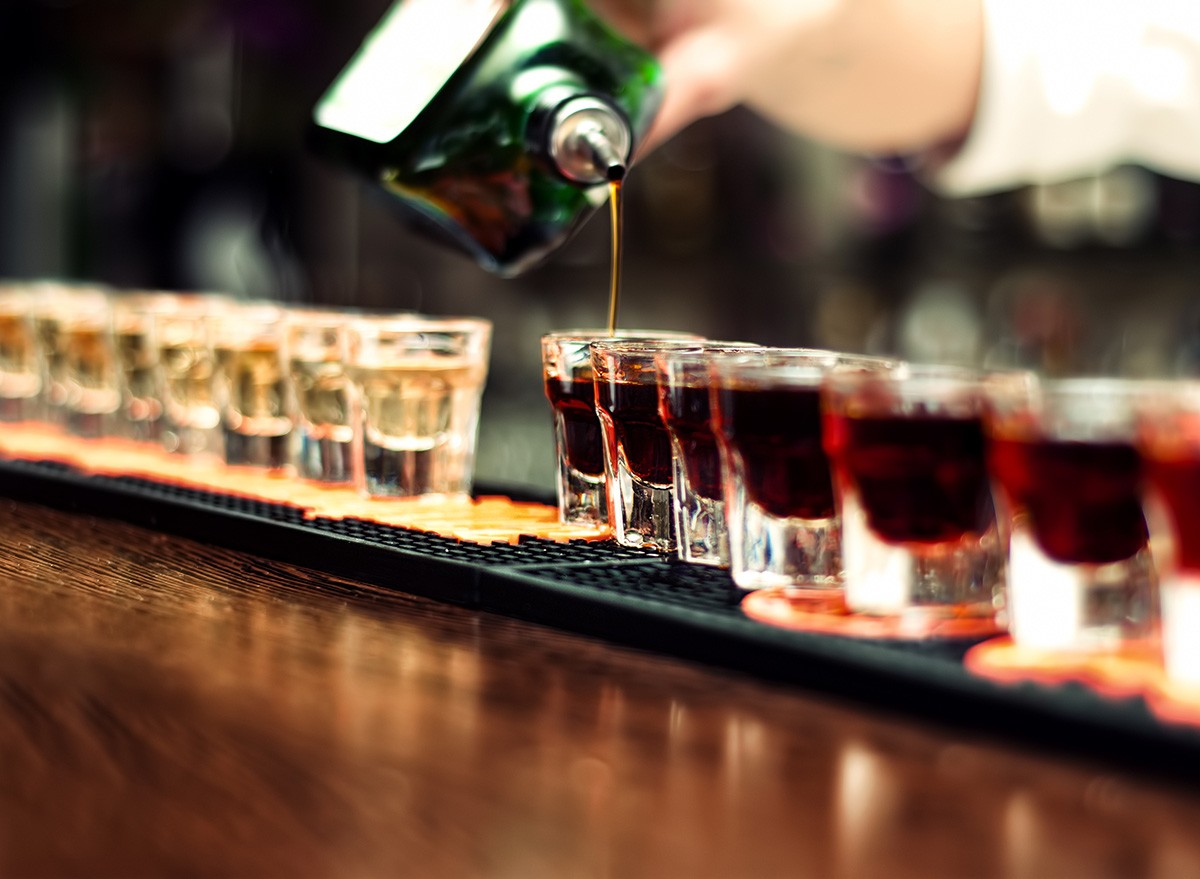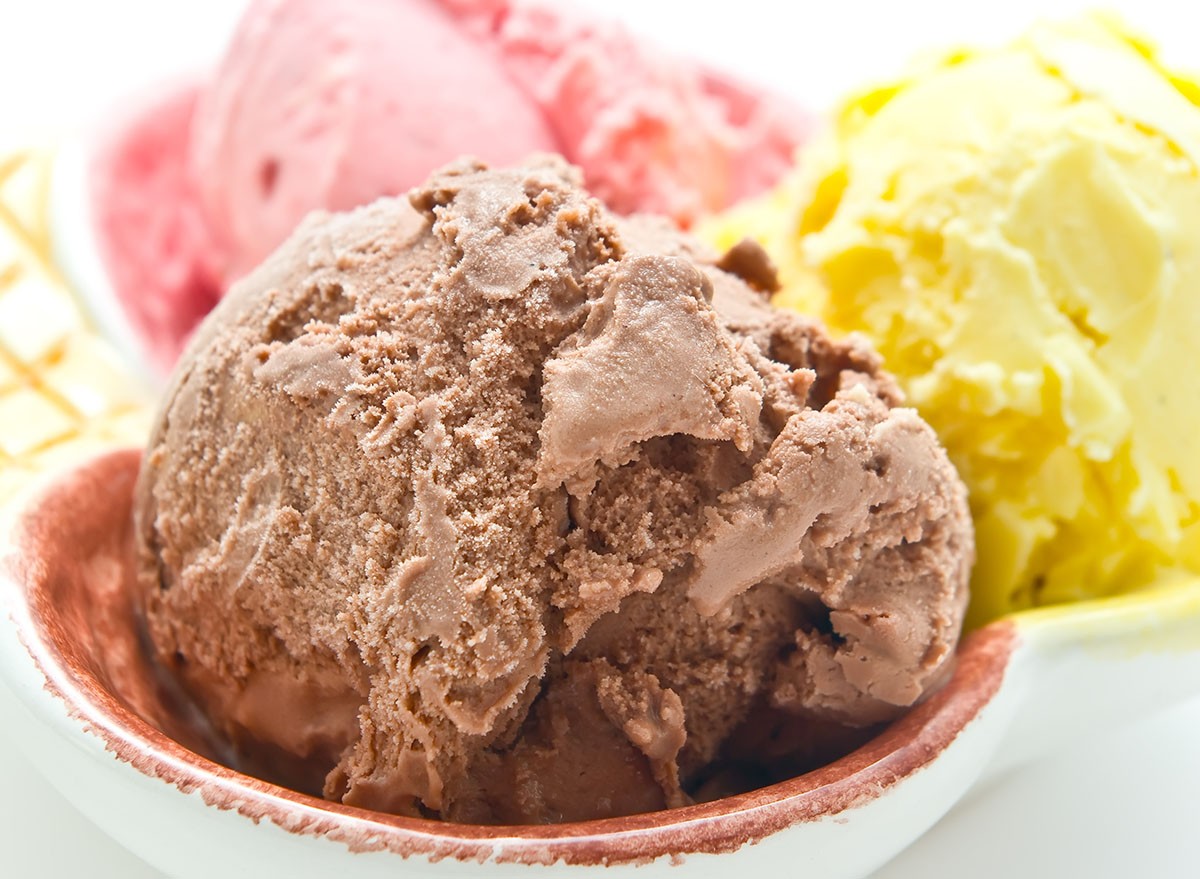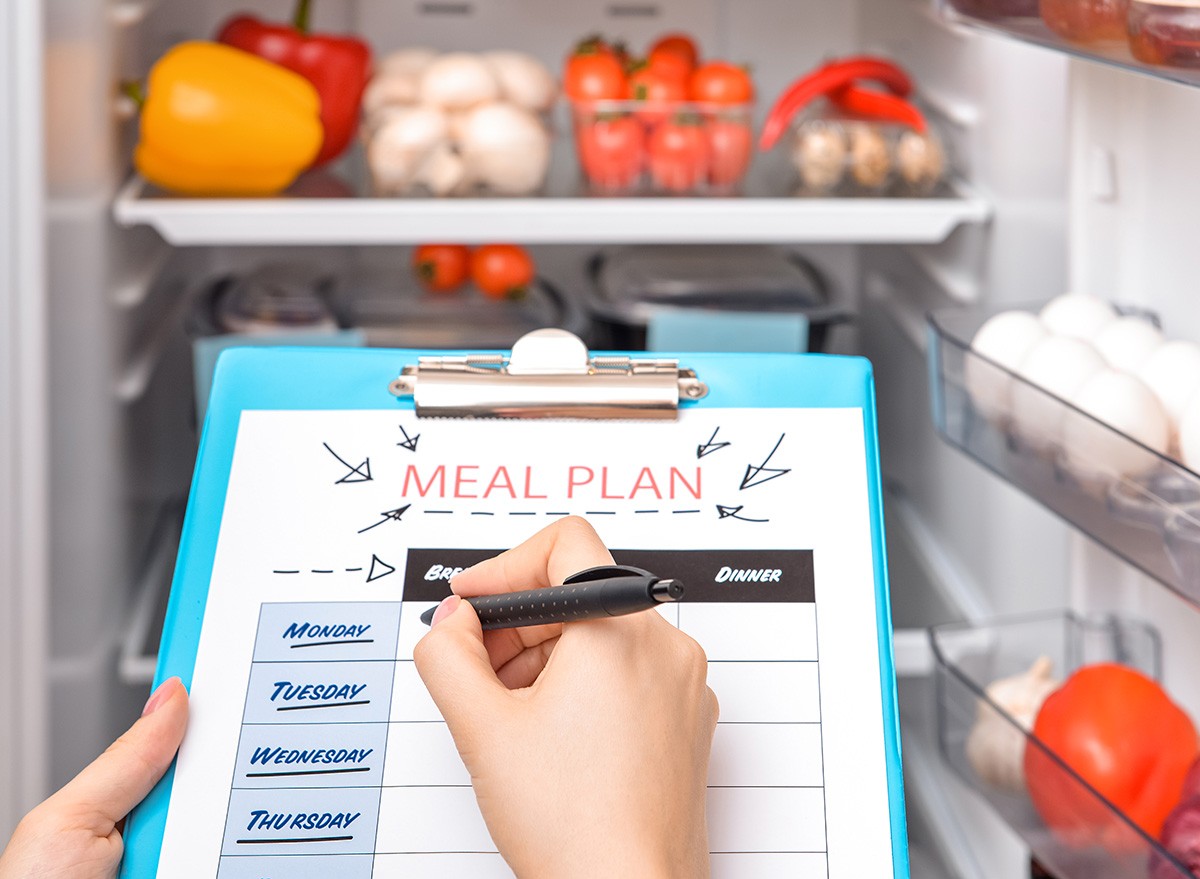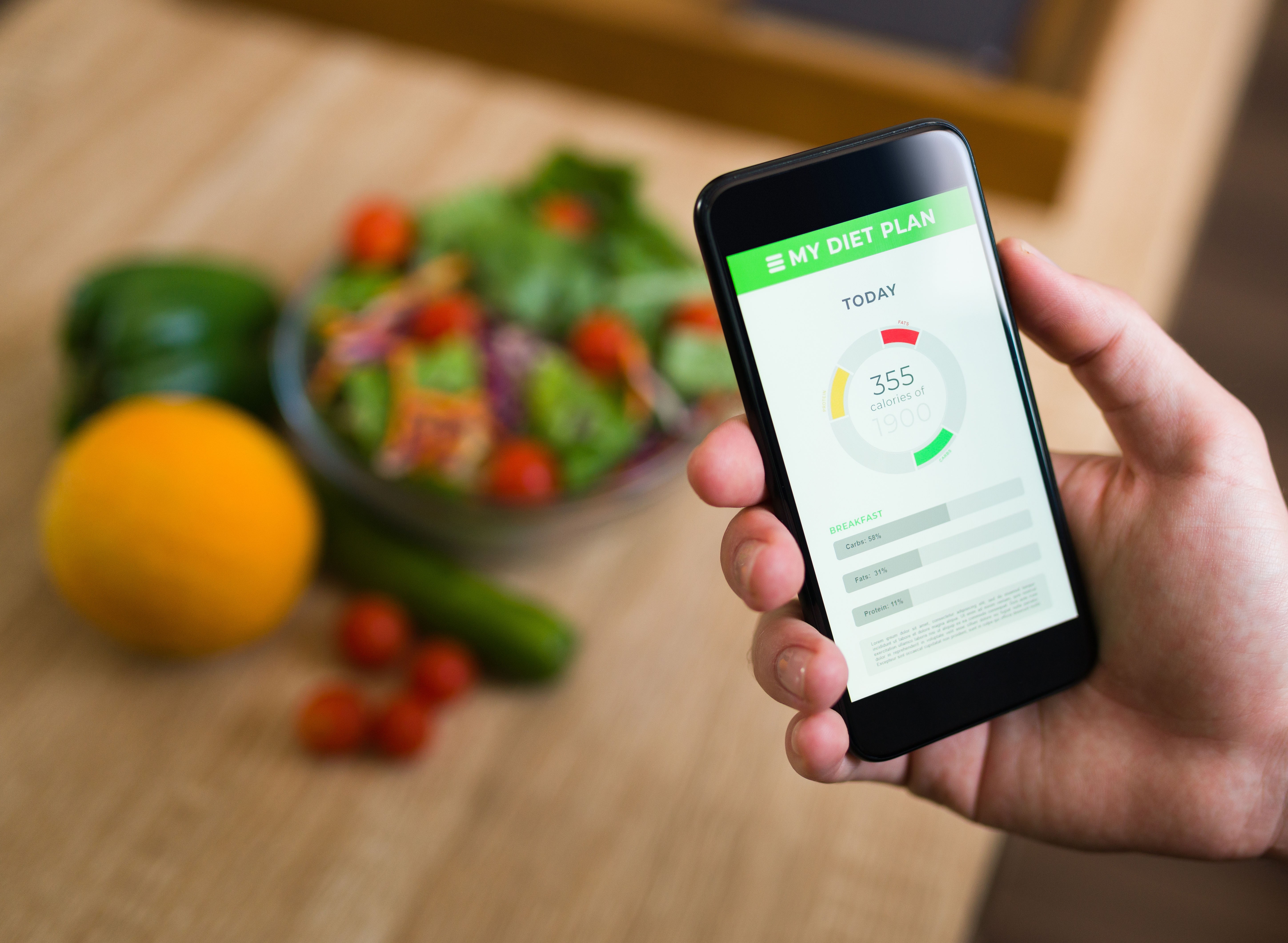Coach Reveals 10 Things That Helped Him Lose Belly Fat Faster

Are you trying to blast belly fat? It might be time to infuse some new habits into your routine. Dillon Swinney is an online fitness coach who helps his clients burn fat and build lean muscle, eating foods they love. In a new post, he reveals the habits that helped him blast belly fat more quickly. "These 10 things were crucial and really helped my progress with losing belly fat," he writes in the post.
Cutting Out Alcohol

Putting down the bottle and cutting out alcohol was instrumental in Dillon's fat loss – and not just because of the calories in booze. "This was a game-changer. Reducing alcohol intake helped my body recover and shed fat faster," he writes.
Stick to a Plan
His next healthy habit was sticking to a plan. "I stayed committed, even when it got tough. Pushing through the hardest part—those first two weeks—made all the difference," he writes.
Prioritizing Sleep

Prioritizing sleep was also key. "Getting 7-8 hours a night helped my body recover and kept my metabolism running smoothly," he says. According to the Sleep Foundation, getting enough z's is a mood booster, promotes heart health, regulates blood sugar, improves mental function, restores your immune system, helps relieve stress, and aids in weight loss.
RELATED: 30 Best Protein Foods That Melt Fat Almost Instantly
Walking

"Walking instead of doing intense cardio" was also surprisingly helpful. "I kept it simple by walking regularly. It was easy on my body and helped burn fat consistently," he says. Going for a daily walk can be a game changer, especially at a brisk speed. One study published in JAMA Internal Medicine found that walking at a brisk pace for about 30 minutes a day reduced the risk of heart disease, cancer, dementia, and death, compared with walking a similar number of steps but at a slower pace.
Patience and Consistency

Habit five is "staying patient and consistent," he says. "Results take time, and consistency was key. I stayed focused even when progress seemed slow."
RELATED: 8 High-Protein Foods with Nearly Zero Calories That Melt Fat
Following the 80/20 Rule

Dillon makes sure to eat healthy most of the time, focusing on an 80/20 approach. "I didn't deprive myself. I made sure 80% of my meals were healthy, and allowed myself flexibility in the remaining 20%," he says.
Decreasing Inflammation

He also prioritized decreasing inflammation, especially regarding nutrition. "I focused on eating anti-inflammatory foods that helped reduce bloating and belly fat," he writes.
He Found a Plan

There should be no winging it, Dillon says. "I found a plan that worked – Instead of feeling lost, having a structured plan to follow kept me on track," he writes.
RELATED: 12-3-30 Walking Method: 20 Proven Tips to Lose Weight Faster
Hydration

He also prioritized hydration by drinking more water. "Staying hydrated helped with digestion and energy, which fueled my workouts," he says. According to the Mayo Clinic, hydration is essential for various reasons. Water helps eliminate waste through urination, perspiration, and bowel movements, keeps your temperature regular, lubricates and cushions joints, and helps protect sensitive tissues.
Food Tracking

His last belly fat-blasting habit? "Tracking my food," he writes. "Keeping track of what I ate made me more mindful and helped me stay on top of my goals." And if you enjoyed this article, don't miss I'm a Nutritionist and Here Are 25 Weight Loss Truths You Need to Hear.




